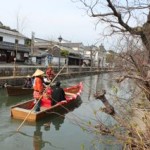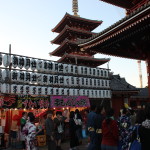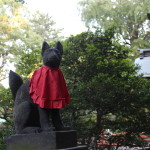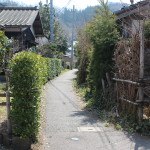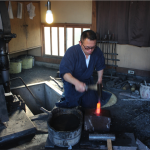As mentioned in the previous post, people were living separately based on their social class. Many of the traditional old towns that we can visit today date back to Edo period and each has different character based on which class of people were living.
Hagi in Yamaguchi prefecture, Kakunodate in Akita prefecture, and Tsuwano in Shimane are famous as old samurai towns and well reserve atmosphere of at that time. Those are the town where middle to high class samurai were living.
Kawagoe in Saitama prefecture and Sawara in Chiba prefecture are relatively close from Tokyo and were developed as towns of merchants. Murakami in Niigata prefecture still keeps the old town structure of both samurai and merchants. The most famous old merchants towns would be Takayama in Gifu prefecture and Kurashiki in Okayama prefecture. The preserved areas of these tow towns are relatively large and popular destinations for history lovers.
Please note that towns mentioned in this post do not have castle towers because most of the castle towers or donjons were built before Edo period when many warriors were battling each other aiming to unite the nation. Also, some historical towns developed during Edo period have different origins. For example, Kanazawa in Ishikawa prefecture is famous for its traditional district. However, that preserved district was developed as geisha town, where trained female entertainers (geisha) performed traditional dance and music.
Became interested in Japanese history? koi Travel offers you unique cultural experiences!

